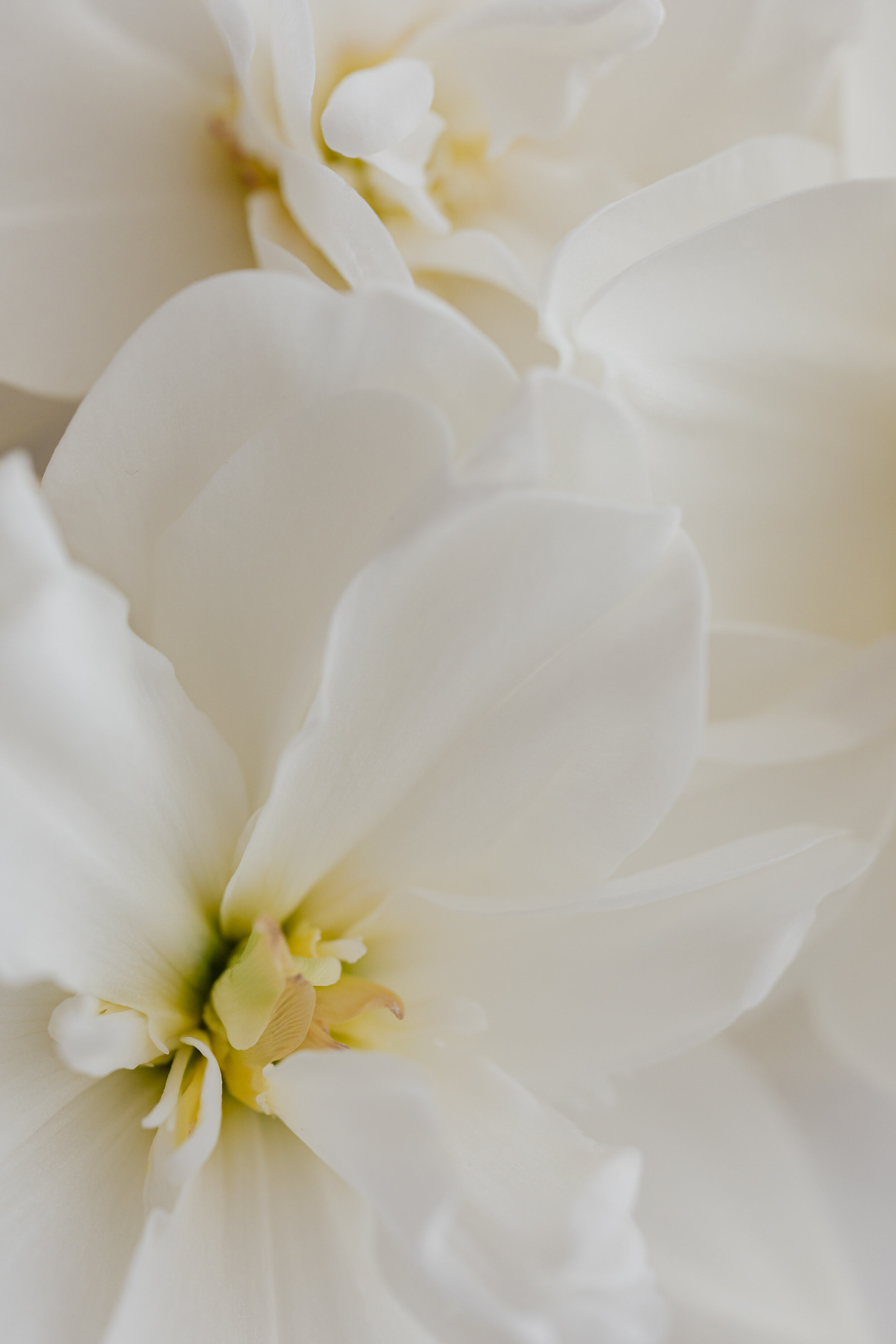
Ippodo Tea
Ummon-No-Makashi
Tasted April 2021
About Ippodo Tea: Ippodo Tea Company is both a tea shop and a tea manufacturer located in Kyoto, Japan that has been operating under the same family name for over 300 years. In was founded in 1717 by Rihei Watanabe and named Omiya. At the time, it was located near the imperial palace and grew in favor of the regal family. In 1846 the shop was renamed Ippodo by Prince Yamashina, meaning “preserve one” as in preserving the tradition of producing high quality tea.
The teas are cultivated on local farms. The company strives to educate people about the diversity of tea with their extensive product selection. Exclusive releases are offered at different time of year such as the spring and new year’s matcha editions. Ippodo also teaches us the beauty and ritual of tea drinking. If you visit their website (linked bellow) you can meet the current owners in a gorgeous video.
About Blend: Ummon-no-makashi is recommended for “the most discerning of matcha connoisseurs” as it’s rich in umami, is full bodied, and has a mellow sweetness. It is best suited for koicha and considered as “the highest class matcha” of the regular collection.
Price: $30 per 20g, available through Ippodo’s online store and Amazon.
Scent: A deep and rich scent of raspberries, chocolate, bamboo, and morning dew.
Ippodo Tea: Ummon-No-Makashi
Color: The powder color is bring green and of a lighter variety. The liquor is a gorgeous dark green. Points 4
Foam: The froth builds up quickly, but has an airy or bubbly quality. However, whisking for an extended time does still achieve mico-foam. The matcha texture is smooth, with a really long finish. Points 4
Taste: Ummon is meant for koicha preparation, therefore, the flavor chart here and taste score are based on koicha preparation as well.
In no way is this a mellow or mild matcha. The flavors are intense and linger for quite some time. As koicha, Ummon has great umami and sweetness. Bitterness and astringency are present as well, but are much more subdued comparing to when made as usucha. To me, this was a very oceanic and earthy flavored matcha.
Both as a koicha and usucha, the matcha has a creamy and thick quality. Using water at a cooler temperature of about 160F allowed for harmony among the many coexisting flavors. In contrast, using warmer water at 180F or higher brought out bitterness and roasted flavors, making the drink reminiscent of a really strong cup of green tea.
As an oat milk latte, the vibrant umami flavor was well balanced by the milk’s creaminess. However, I’ve heard from some who drink dairy, that the matcha can be drowned out in this preparation style.
Points 4
Final Score: 4 points out of 5
Thoughts: The tasting of Ummon-No-Makashi was a very educational experience. The blend is described as “rich” and “robust” and until drinking it, I’ve never had to truly understand what these words meant in the context of matcha drinking. Rich and robust usually refer to “full-bodied” flavors, which can also mean intense or dynamic flavor; one of many notes at once. Not until tasting Ummon did I start to understand that rich and robust blends are reserved for more advanced matcha palates. Based on this experience, I am likely still at a beginners or maybe an intermediate level.
This discovery was a bit of a blow to my ego, but it also helped create awareness about my own flavor preferences, as well as the standards for different matcha preparations. There was a range of opinions and experiences shared about Ummon on social media, which at first was confusing. I wondered if I had come across a defected tin, but as I contemplated palate readiness, it made total sense that to some Ummon is the highest grade, while to others it’s simply too much. I would personally drink this blend again, but only as koicha.

